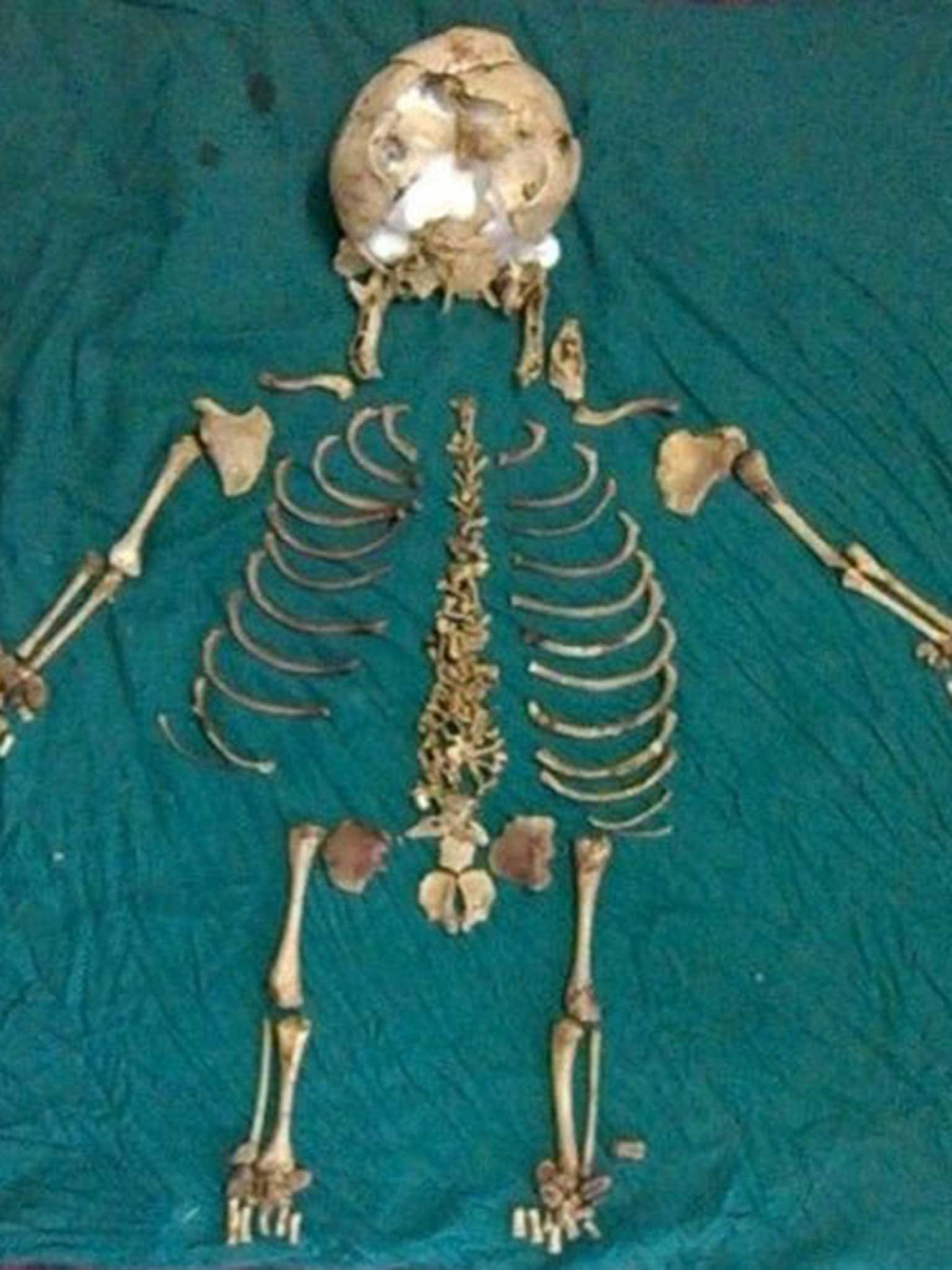Down syndrome which is also known as trisomy 21 is a condition in which there is an extra copy of chromosome 21. The effects of the extra chromosome 21 are possible heart defects and learning disabilities. A recent study was published in the journal Nature Communications that shows a new method for diagnosing Down syndrome in ancient bones. This new method was able to analyze the genetic makeup of infant skeletons that were dated as far as 5,500 years ago. The method is to sort the fragments of the DNA by chromosome. Then the program compared the DNA from each bone to the entire set in order to pinpoint an unusual number of sequences from a particular chromosome. Before this new method it was difficult to analyze all of the genetic makeup of bones because they will start fragmenting especially from children's bones since they are more fragile. This is a huge step in analyzing genes because it can potentially help learn about ancient diseases. For example according to Zimmer (2024) people in the culture were normally cremated after death, not buried.
It is interesting to see that new methods are still being found to help understand the past better. I really thought it was interesting to see that Down syndrome babies were found buried instead of cremated. I think it shows a lot to what people back then were thinking about and how they inferred differences in each other. It makes me want to keep track of if they find any other ancient disease from ancient bones.

The ability of geneticists and anthropologists to sort fragments of DNA from thousands of year-old bones is truly incredible. I believe besides DNA they can also identify the hallmark deformities of those with Trisomy 21 by their facial abnormalities and short stature. By identifying these tell-tale signs, they may have had physical cues of which skeletons to genotype and or test.
ReplyDelete